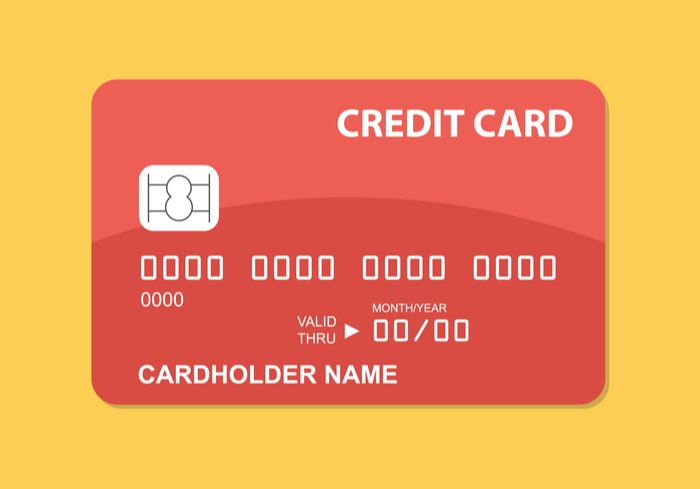How Co-Branded Credit Cards Evolved From The Early 1900s Department Store

In the early 1900s, department stores came up with a novel idea to help their customers pay for their purchases: Customers could use metal plates — that looked like dog tags or tokens — at retailers such as Gimbels that tracked their spending. The idea was that department stores could offer a cashless payment option to their customers, since not everyone wanted to carry cash.
It wasn’t a completely new idea, however. General stores had been tracking customer information in a general ledger for years.
Then, in the 1920s, gas stations such as Texaco took the idea and created a payment system closer to modern-day credit cards by offering customers pieces of paper that were the size of playing cards, setting a standard size for cards.
These gas cards became more important during the oil embargo in the 1970s. As the cost of oil barrels quadrupled, the cost of gas skyrocketed.
Even after the embargo was lifted, gas still didn’t come cheap. As a result, consumers wanted to purchase gas on credit. However, gas stations had to pay merchant fees, so some retailers decided not to take credit cards other than their own store cards.
“Consumers applied for many oil company cards, and the oil companies began to refuse bank cards,” Economist Lewis Mandell wrote, according to NerdWallet. “In the late summer of 1979, both Mobil and Texaco dropped bank cards, and others soon followed.”
Gas station credit cards wouldn’t remain popular forever, as companies became more selective with issuance of these cards. By the 1980s, gas retailers began accepting other credit cards again.
Credit cards that weren’t tied to one merchant offered some advantageous features: Consumers were able to use rewards at many merchants.
The Co-Branded Card
Instead of issuing their own credit cards, retailers began to work with banks. In the 1980s, for example, American Airlines and Citi paired up for an AAdvantage credit card. United (Continental Airlines at the time) also launched its own credit card.
“That changed the nature of frequent flier programs forever,” Marketing Consultant Stevan Grosvald told CreditCards.com. “It greatly expanded the geographic utility of the program — you can earn miles and points doing almost anything, anywhere.”
It was a strategy that helped companies reward loyal customers and kept them coming back.
But there was another benefit for credit card companies and retailers: “Credit card companies continue to be the most productive partner in the frequent flier programs,” Grosvald said. “Since so many Americans roll over their balances each month, that’s a lot of opportunity for profit for both sides.”
Coffee and Rideshares
The co-branded evolution continues today: Starbucks and Chase announced in February that they were rolling out a Starbucks Rewards Visa Card, a co-branded credit card that works with the Starbucks Rewards loyalty program.
The companies said the credit card will allow customers to earn Starbucks rewards stars with purchases made at the coffee shop chain or through other retailers. Consumers can then redeem those rewards points at Starbucks, which the card makes it easier for them to accrue.
“It’s important to us to make earning rewards as easy for our customers as possible, and the Starbucks Rewards Visa Card is a powerful tool for us to do that because of how easily it fits into their daily lives,” Matt Ryan, EVP and chief strategy officer for Starbucks, said.
According to Starbucks and Chase, cardmembers will receive a card within about a week after an application is approved, but they can have immediate access to a digital card in the Starbucks mobile app. After signing up and spending $500 on the card within the first three months, cardmembers receive a bonus in Starbucks stars.
The Starbucks card came a few months after Uber announced news of the launch of its Uber Visa Card. In a blog post, the company said it created the card with its riders in mind after speaking with them about how and where they spend their money and what they want from a credit card.
The card enables members to earn rewards on all of their purchases. But consumers can receive a higher number of rewards points when they use the card for meals, a trip, online shopping or an Uber ride.
In addition, users can redeem the rewards for Uber credit, cash back or they can choose from a variety of gift cards. The card also woos consumers by offering them an annual subscription credit that can be used for services including Spotify, Netflix and Amazon Prime membership.
Beyond the subscription benefit, the card offers members a few other perks, such as smartphone insurance coverage , event invites, secret shows and dining experiences, Uber said in the blog post. It’s an experience the early cardholders — those who had metal plates — might not have ever imagined.